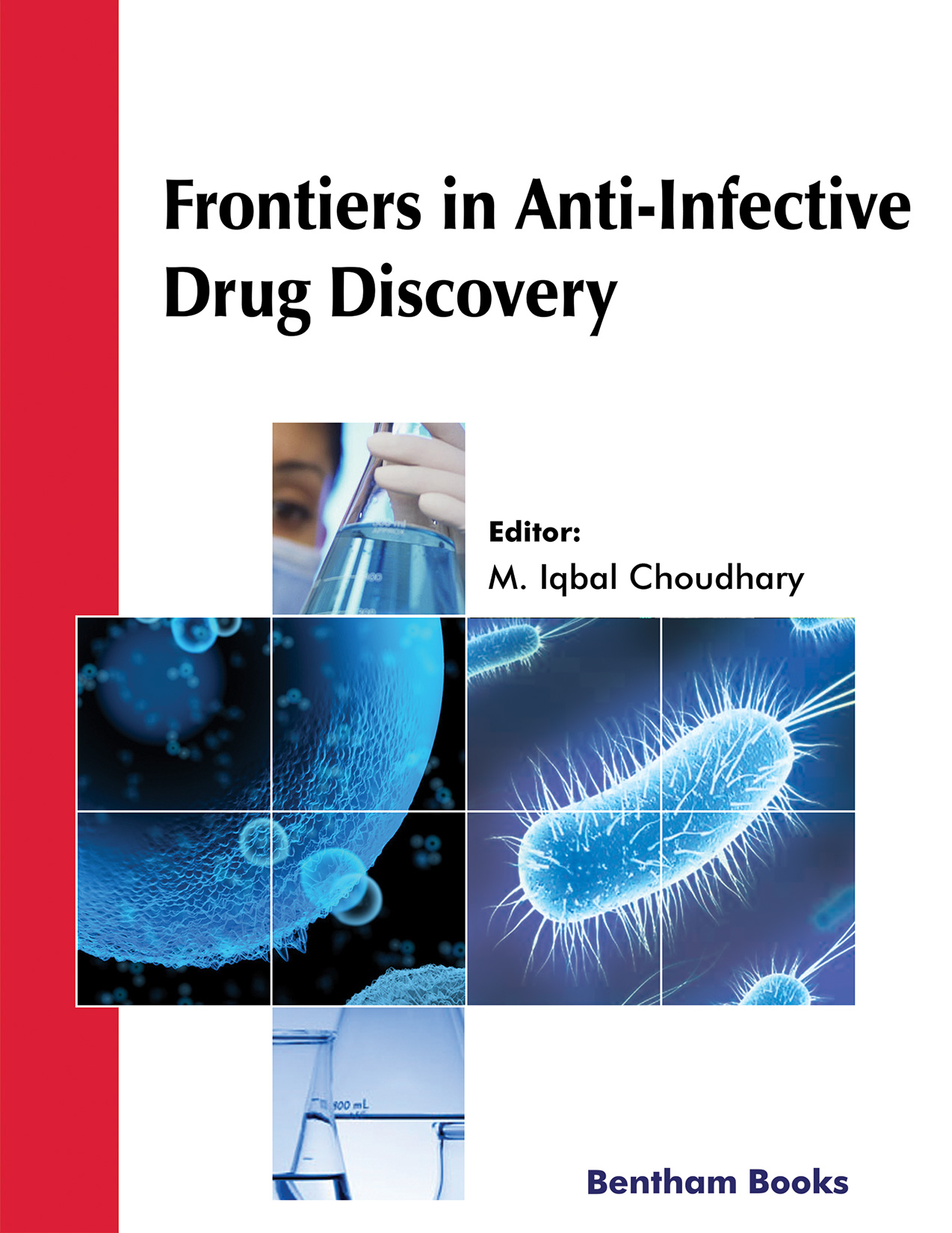The global COVID-19 pandemic has highlighted the importance of the prevention and treatment of infectious diseases. Today the world is faced with an increasing number of emerging and re-emerging infectious diseases and the imminent threat of the next global-scale pandemics. Neglected tropical diseases continue to affect a large number of people globally. Multi-drug resistance infections have made the treatment of even common infections a major challenge. In this context, continuous efforts to discover and develop safe and effective anti-infectious agents are imperative. Recent advances in genomics, molecular and structural biology, and enabling technologies, such as high throughput screening, have greatly improved our capacity to identify new molecular entities against prevalent, neglected, and rare infectious diseases. In this process, the identification of new drug targets plays a central role.
The 10th volume of Frontiers in Anti-Infective Drug Discovery reflects our continuous efforts to highlight the most recent and exciting developments in this crucially important field. The current volume is a collection of four comprehensive reviews, each focused on a specific aspect of anti-infective drug discovery and development.
Venkatesh et al. in their review focussed on the management and treatment of a common eye infection, called posterior segment ocular infection, caused by a range of microorganisms (bacterial, fungal, and viral). Authors have highlighted the challenges faced in the treatment of ocular infections, and recent advances in chemotherapeutic agents for the successful management of this debilitating disease.
Malaria, particularly drug-resistant malaria, is re-emerging as a major cause of global concern, resulting in increasing morbidity and mortality. Moyo et al. have contributed an article that highlights the major challenges in the development of anti-malarial drugs, and then focuses on a novel strategy for reversing the drug resistance in Plasmodium falciparum against old antimalarial agents, including artemisinin-based agents. Authors have discussed many of such drug resistance reversal agents, their current status of development, and the way forward.
Enabling technologies, particularly “omics” now play a key role in the field of anti-infectious drug discovery. Guerrero et al. have provided a comprehensive account of the unprecedented role of “omics” technologies, particularly genomics, metagenomics, transcriptomics, proteomics and metabolomics, in the rapid and cost-effective identification of anti-infectious drug leads, and their further development through pharmacological assessment and clinical trials.
Last but certainly not least, Akarsu and Polat have contributed a chapter on a very interesting aspect of the adverse effects on the skin as a result of vaccination. The authors have highlighted the reported cases of cutaneous adverse effects of various anti-infective vaccines based on an extensive literature review.
The 10th volume of the ebook series is the result of efficient coordination and excellent management of the entire team of Bentham Science Publishers, and most importantly timely submissions from the authors. We greatly appreciate the efforts of Miss Asma Ahmed (Manager Publications) and the team leader Mr. Mahmood Alam (Director Publications) for putting together an excellent compilation of well-written articles. We sincerely hope readers will benefit from this excellent compilation of the most recent scientific work in the important field of anti-infectious drug discovery.
M. Iqbal Choudhary
H.E.J. Research Institute of Chemistry
International Center for Chemical and Biological Sciences
University of Karachi
Karachi
Pakistan

